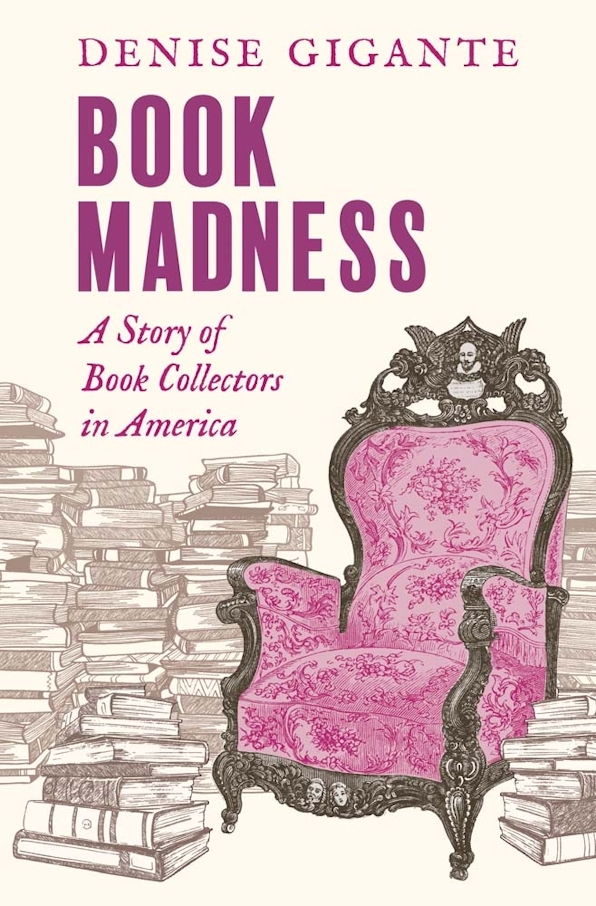In New York in the 1840s, books and printed matter were everywhere. Up and down Broadway, boxes of used books cluttered the sidewalks. Newsstands stocked papers, literary journals, and magazines, while street vendors hawked the latest serialized novels by Dickens: “He-e-ere’s the New World—Dick’s new work. Here’s the New World—buy Master Humphrey, sir?”
From storefront windows, new books appealed to pedestrians with siren songs of entertainment and instruction at bargain prices, while literary annuals, gift books, and illustrated editions catered to an expanding American readership. New steam-powered rotary printing technology invented in New York in the mid-1840s revolutionized the print industry, rolling out thousands of pages per hour, while other innovations, such as stereotype printing, enabled a boom in cheap reading matter. By 1851 publisher George Palmer Putnam had begun stocking bookstalls at railway depots with paperback “Railway Classics,” light and entertaining reading for busy persons in transit. Mass-produced paper, machine-made from wood pulp rather than handmade from cotton, also stimulated growing networks of transcontinental and transatlantic correspondence. “This vile thin paper is my abhorrence,” complained publisher Evert Duyckinck to his brother George. “It is characteristic of the age. Would Milton have written on it? The aqua fortis of his Eikonoclastes would have gone through a quire of it. Charles Lamb never could have used it.”
The sons of Evert Duyckinck Sr., one of the first bookseller-publishers in New York and by the time he retired the oldest, believed that criticism went hand in hand with authorship and that the advancement of literature depended on a longer literary tradition. “Time selects his favorites on different principles from modern booksellers,” the younger Evert Duyckinck wrote in 1848. “The latter affect plausibility and easy reading. Time keeps his books as he does his oak trees for their knotty strength. The company is a great deal better at these old tables than at the new ones. The shallow evils have been intoxicated long since and carried out; only the good heads and strong brains keep the ground.” The attitude can be traced back to the European Enlightenment, when critics and philosophers worked to forge a standard of literary taste based on a vernacular literary canon. Just as the ancient classics had emerged from the “Dark Ages” to take on new life in the form of early printed books, the modern classics, many believed, would emerge from a body of literature that had been well sifted.
